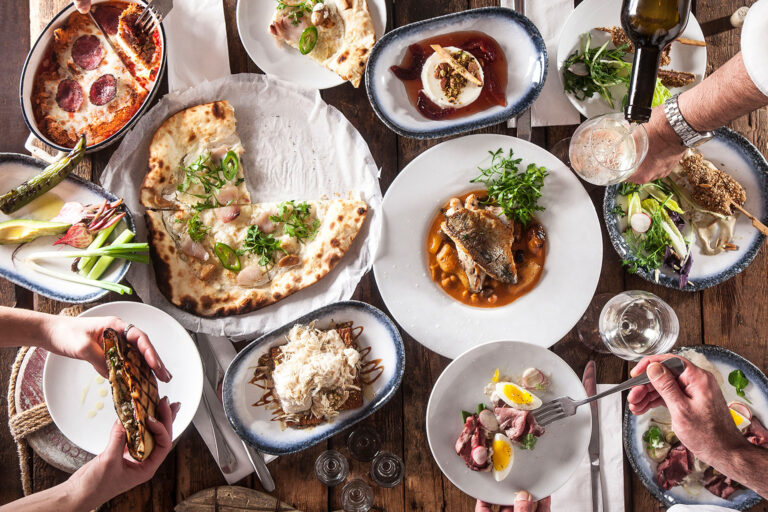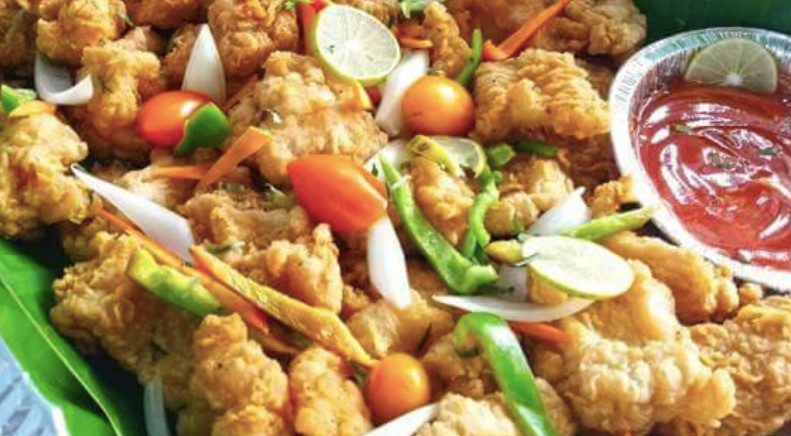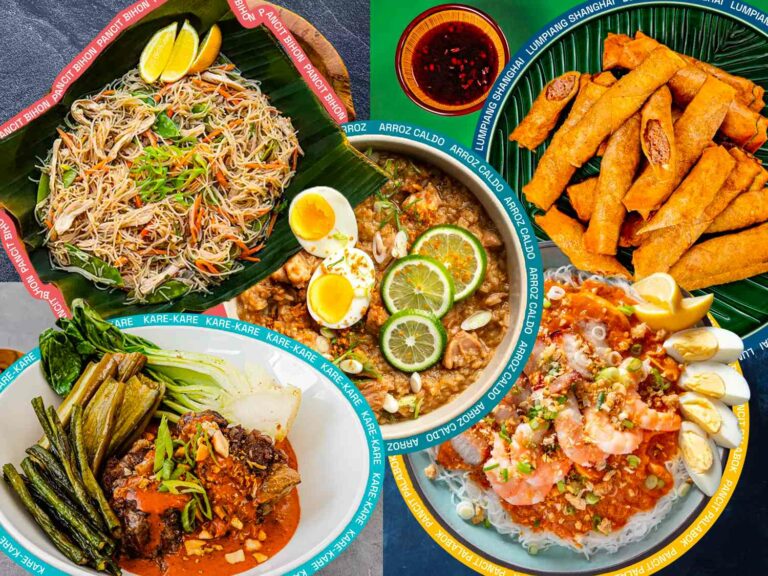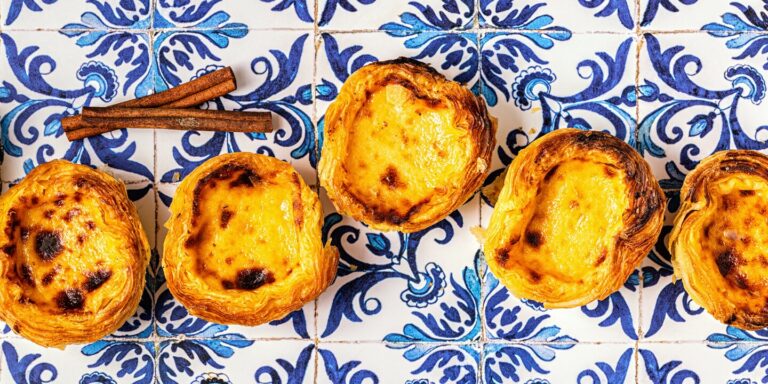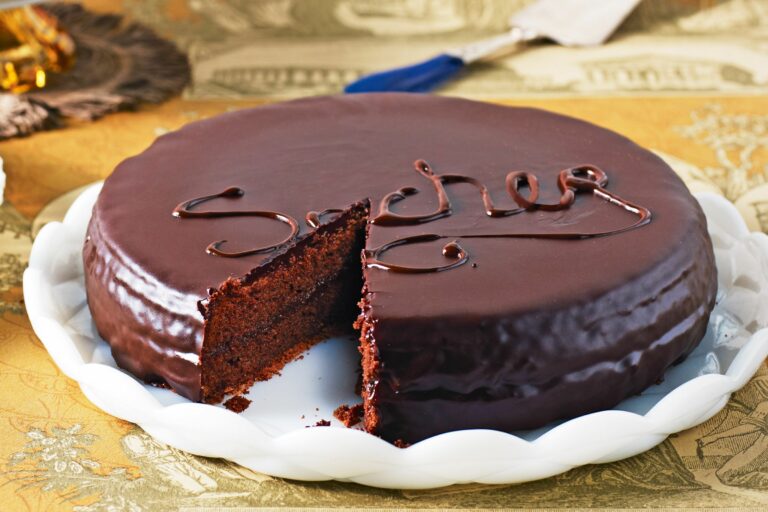Introduction: exploring traditional Norwegian cuisine
Norway’s rich culinary heritage is closely tied to its geography and history. With a coastline stretching over 100,000 kilometers and a harsh climate that limits agricultural production, Norwegian cuisine has traditionally relied on seafood, dairy, and preserved food for sustenance. Today, modern Norwegian cuisine is a blend of traditional ingredients and contemporary techniques, but the old-school dishes still remain an integral part of the country’s culinary identity.
Classic Norwegian dishes: a glimpse into history
Some of the most popular and timeless dishes in Norwegian cuisine date back centuries. One of the most iconic is lutefisk, a dish made from dried whitefish soaked in lye that has a gelatinous texture and is mostly eaten during the Christmas season. Another staple is rakfisk, a fermented trout dish that has a strong, pungent smell and taste. Riskrem, a rice pudding made with whipped cream and served with raspberry sauce, is a must-try dessert for anyone visiting Norway.
Seafood specialties: a taste of the coast
Norway’s coastal location has blessed it with an abundance of seafood, and it is no surprise that seafood dishes feature prominently in the country’s cuisine. Fiskesuppe, a hearty fish soup made with various types of fish, root vegetables, and cream, is a classic. Gravlaks, a type of cured salmon, is a delicacy that is often served as an appetizer. Other must-try seafood dishes include smoked salmon, cod, and herring.
Meaty delights: lamb, reindeer and more
Norway’s meat-based dishes are just as diverse and delicious as its seafood offerings. Reindeer meat, commonly eaten in the northern parts of the country, is lean, tender, and has a distinctive flavor. Fenalår, a cured leg of lamb, is a popular dish that has been enjoyed for generations. Other meaty delights include pølse (Norwegian sausage) and kjøttkaker (Norwegian meatballs).
Regional variations: from north to south
Norway’s long coastline and varied terrain have given rise to a range of regional culinary traditions. For example, in the north, there is a strong emphasis on seafood and reindeer meat, while in the south, lamb and farm produce take center stage. Additionally, Norwegian cuisine is influenced by the Sami people, who have a unique culinary heritage of their own.
Desserts and drinks: rounding off a meal
Norwegian cuisine’s sweet offerings are just as delightful as its savory dishes. Krumkake, a thin, crispy waffle-like cookie, is a popular snack during the holiday season. Lefse, a soft flatbread made with potatoes and flour, is enjoyed year-round. As for drinks, aquavit, a distilled spirit flavored with herbs and spices, is the traditional choice for toasting celebrations. A glass of sweet, mulled wine known as gløgg is also a popular beverage during the winter months.
In conclusion, Norway’s culinary heritage is rich and diverse, with a range of dishes that reflect its geography, history, and cultural traditions. Whether you’re a seafood lover or a meat enthusiast, a sweet tooth or a drink connoisseur, there’s something for everyone to savor and enjoy in Norwegian cuisine.



